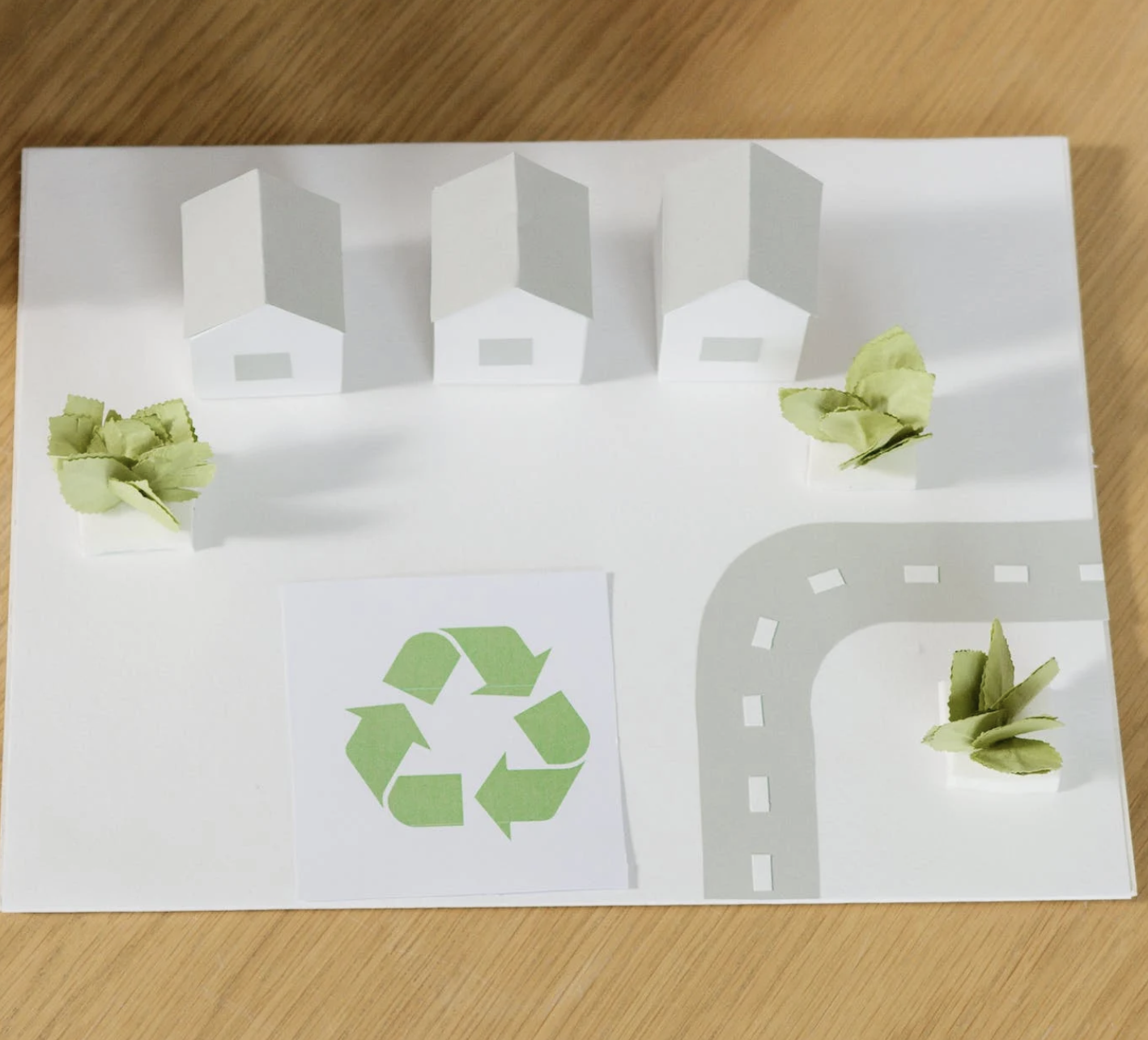THE DEREGISTRATION OF A WFOE

Adam McWhirter, GMS-T
Managing Director at Maxxelli
- LIQUIDATION
- TAX CLEARANCE
- DEREGISTRATION
- According to the Chinese law, the responsible legal representative will be blacklisted and will not be able to even buy an air ticket and train ticket in China.
- Any overdue penalties should be paid if the legal representative of the company applies for a license for up to three years later.
- The legal representative of a company that has been revoked is not allowed to engage in any business activities for at least 3 years in China.
- It could even have ramifcations on flying in or out of China if there were penalities imposed; with the worst case scenario being prosecution.
- Choosing a member to be a legal representative
- Preparing a balance sheet and list of all assets
- Formulating and implementing a liquidation plan
- Notifying local authorities and creditors about the WFOE’s liquidation
- Making a public announcement in at least one provincial newspaper within 60 days of the committee being formed
- Preparing a liquidation report
Next, the company will need to submit a Tax Clearance Declaration Report with both the state and local tax bureaus. These authorities will make sure that all taxes have been paid properly and in full, which is why it’s important to have a competent accountant whilst the company is in operation.
In order for this to be completed, the company must have a backlog of all fapiao’s for every single payment the company made, which must be properly accounted for and ordered. Documents that may be reviewed include company contracts, employee payments and accounting vouchers, and it’s likely the authorities will look at the documents from the past 3 years, so having these is vital.
This process is the most time-consuming stage and will take approximately 6 months if all taxes have been paid properly, or longer if there are any outstanding debts or taxes.
Deregistration
- Tax authorities
- Customs offices
- The State Administration of Foreign Exchange (SAFE)
- The Industrial and Commercial Administration Bureau
Once this final process is complete and all taxes and employee wages have been paid, any remaining assets may be distributed to the shareholder of the WFOE. Once the business licence has been revoked, the legal status of the shareholder is terminated.
Why it’s important to deregister your WFOE?
The consequences are even more serious for WFOEs that have abandoned any owed taxes or debts, as failing to properly pay the required liquidation payments is a crime. If a wholly foreign-owned enterprise is abandoned with unpaid taxes or salaries, the company’s legal representatives and directors can be held personally liable and face criminal prosecution.
Yes, it is common for WFOE’s to be sold to an external party, often just for the business license. Maxxelli will cover selling your WFOE in a future article to be published in April 2020.
What is the Basic Timeline?
- Clear the tax and submit Tax Clearance Declaration Report (an audit report prepared by CPA firm)
- The tax bureau will issue a “notice of cancellation of tax registration”.
- Online application for cancellation of WFOE
- Submit to Foreign Trade & Economic Cooperation Bureau
- Cancellation of Letter of approval and Certificate of approval
- Announcement on appointed local newspaper & Cancellation of Company Business Licenses
- Dissolution of Organizational Code Certificate (original and copy)
- Dissolution registration of Statistics Registration Certificate
- Cancellation of Alien Employment Permit
- Dissolution registration with customs (applicable to trading, manufacturing WFOE only)
- Bank accounts closure and capital repatriation
- Cancellation of Company stamps
- After all these procedures are finished, State Administration of Industry & Commerce will send a “notice of the approval of cancellation for WFOE.”
- Originals of Certificate of approval, Letter of approval, Business License
- Taxation registration certificate (2 originals)
- Enterprise Code certification (2 originals)
- Statistics registration certificates
- Foreign exchange accounts permits
- Copy of Legal Representative’s passport (first page, signature page and most recent immigration records’ page)
- Bank Account Certificates
- All chops of WFOE (Company chop, finance, Legal representative)
- All accounting related documents: bank statements, invoices of WFOE expenses

Managing Director at Maxxelli
Joined Maxxelli in 2008, I am currently the Managing Partner. If you have any queries about our services, please do not hesitate to reach out to me directly a.mcwhirter@maxxelli-consulting.com
Interesting articles
After months of design and development, we are thrilled to announce the launch of The Maxxelli Portal. We bring you 15 years of Real Estate and Destination Services experience, all at your fingertips. Say goodbye to endless searches for documents or city guides buried in your inbox. Everything that defines the essence of Maxxelli is now beautifully curated in single location. Welcome to a new era of DSP convenience and exploration in China. The Maxxelli Portal (Youtube) In The Portal, we’ve streamlined the process into 5 straightforward sections. Our clients will receive real-time updates as they progress on their journey with us. - Overview - Home-Search - Lease Info - Tenancy Management - My City The My City section in The Maxxelli Portal shines as a standout feature. While the website offers regularly updated City Guides, the Maxxelli Portal showcases a comprehensive portfolio of guides for over 50 cities throughout China that delves much deeper than the general City Guides online. Within the For You section, we will also send timely articles that add value to the relocation process. [Screenshot from The Portal - Shanghai] For more information on the Maxxelli Portal, please reach out to our Managing Partner, Adam McWhirter a.mcwhirter@maxxelli-consulting.com
As an expat living in China, it's important to be aware of the various cultural traditions and holidays that are celebrated in the country. One such important holiday is Tomb Sweeping Day, also known as Qingming Festival, which is a time when Chinese people pay respects to their ancestors. Tomb Sweeping Day falls on April 4th or 5th each year, depending on the lunar calendar. This year, the holiday will take place on April 4th. In addition to the actual day, Chinese people often take a few days off to visit the graves of their ancestors, clean the gravesite, offer sacrifices, and pay tribute to their departed loved ones. The history of Tomb Sweeping Day dates back over 2,500 years to the Zhou Dynasty, when it was a day to honor the ancestors of the royal family. Over time, the tradition spread to the general population, and today it is observed by people of all backgrounds in China. One of the key customs of Tomb Sweeping Day is to burn incense and paper offerings at the gravesite as a way to show respect to the deceased. People also sweep the gravesite, remove weeds, and plant fresh flowers as a sign of honoring their ancestors. Additionally, some families will offer food and drinks as sacrifices to the spirits of their loved ones. For expats living in China, Tomb Sweeping Day can be a fascinating cultural experience to observe. You may come across people visiting cemeteries with fresh offerings, burning incense, and paying their respects to their ancestors. While you may not be able to participate in all the rituals, showing respect and understanding the significance of the holiday will be appreciated by your Chinese friends and colleagues. As Tomb Sweeping Day approaches, it's essential to be mindful of local customs and traditions and be respectful of those who are observing the holiday.
In an effort to promote sustainability and combat environmental issues, China has implemented a comprehensive recycling program. This program aims to reduce waste and encourage citizens to adopt more eco-friendly practices. In this article, we will break down the recycling program in through various cities and explain how residents can participate. Recycling programs and drop-offs do vary slightly across the different cities, but the general processes remain the same. Proper Sorting and Segregation: Proper sorting and segregation of recyclable materials is the first step towards effective recycling. Residents are encouraged to separate their waste into different categories, including paper, plastic, metal, glass, and hazardous waste. Collection Methods: The municipal governments have established various collection methods to ensure the smooth functioning of the recycling program: a. Community Recycling Stations: These are designated recycling areas within residential communities where residents can drop off their recyclable materials. b. Door-to-Door Collection: In certain neighborhoods, door-to-door collection services are provided. Residents can leave their recyclables outside their homes, and designated collection personnel will pick them up at scheduled times. c. Recycling Points: Recycling points are scattered throughout the city, usually near residential areas, shopping centers, or transportation hubs, where residents can drop off their recyclables. Recycling Bins and Labels: Many neighborhoods and public places are equipped with recycling bins to facilitate waste separation. The bins are color-coded, with different colors representing different types of recyclable materials. Additionally, bilingual labels are placed on the bins, providing clear instructions on what items are acceptable for each bin. Education and Awareness: To ensure the success of the recycling program, educating and raising awareness among residents is crucial. The municipal government regularly conducts awareness campaigns, workshops, and distributes informational materials to educate residents about the benefits of recycling and how to correctly participate in the program. Responsible Disposal of Hazardous Waste: Residents are advised to properly dispose of hazardous waste, such as batteries, electronics, and chemicals, through specialized collection points or by contacting relevant authorities. These materials should not be mixed with regular recyclables or disposed of in regular trash bins. Collaboration with Recycling Companies: Multiple recycling firms are used to collect, process, and reuse the recyclable materials efficiently. These companies receive the sorted recycling materials and transform them into new products through recycling, reducing the need for raw materials. By participating in the recycling program, residents contribute to the reduction of waste sent to landfills, conserve resources, and help protect the environment. It is essential for residents to familiarize themselves with the program's guidelines, understand the sorting and segregation procedures, and actively practice responsible waste management. China's overall recycling program is a significant step towards creating a more sustainable city. By encouraging residents to properly sort their waste and providing convenient collection methods, the program aims to make recycling a daily habit. If you are not certain of the recycling drop off locations in your compound or neighbourhood, be sure to reach out to your Maxxelli Consultant.
China's transportation landscape has witnessed a remarkable transformation in recent years, with ride-sharing apps playing a central role in changing how people get around cities. In this article, we will explore some of the most popular ride-sharing apps in China and guide you through the process of registering for them. 1. DiDi Chuxing DiDi Chuxing is the leading ride-hailing platform in China, with a massive user base and an extensive network covering both urban and suburban areas. The app offers various services, including DiDi Express, DiDi Premier, DiDi Luxe, and DiDi Luxe Electric. To register for DiDi, follow these steps: - Download the DiDi app from your device's app store. - Open the app and select your preferred language. - Create an account by providing your phone number or linking your existing social media accounts. - Enter the verification code sent to your phone number. - Set a password and complete the registration process. - You can now book rides on DiDi and enjoy the convenience of their services. 2. Meituan Dache Meituan Dache is another popular ride-sharing app in China, best known for its food delivery services but also provides convenient transportation options. Registering for Meituan Dache is straightforward: - Download the Meituan app from your app store. - Open the app and select your preferred language. - Sign up with your phone number or link your social media accounts. - Verify your phone number using the verification code. - Set a password and complete the registration process. - You are now ready to utilize Meituan Dache for your transportation needs. 3. Shouqi Yueche Shouqi Yueche, also known as "Shouqi Limousine & Chauffeur," is a premium ride-hailing service operating in major cities across China. It offers luxury vehicles, professional drivers, and a range of specialized services. To register for Shouqi Yueche: - Download the Shouqi app from your app store. - Open the app and choose your preferred language. - Sign up by entering your phone number or linking your social media accounts. - Verify your phone number with the verification code you receive. - Set a password and complete the registration process. - You can now access the premium services provided by Shouqi Yueche. 4. Gaode Dache Gaode Dache is another popular ride-sharing app in China that provides reliable transportation services. To register for Gaode Dache: - Download the Gaode Dache app from your device's app store. - Open the app and choose your preferred language. - Create an account by entering your phone number or linking your social media accounts. - Verify your phone number using the verification code. - Set a password and complete the registration process. - Start using Gaode Dache to book rides and enjoy the convenience it offers. Gaode Dache offers features such as real-time traffic information, estimated arrival times, and multiple payment options. It's a great alternative for getting around in China, so give it a try and experience seamless transportation services. It's worth noting that some ride-sharing apps may require linking a Chinese bank account for payment purposes. If you don't have one, you may need to explore alternative payment options like cash or online payment platforms such as Alipay or WeChat Pay. Ride-sharing apps like DiDi Chuxing, Meituan Dache, and Shouqi Yueche have revolutionized transportation in China, especially breaking down language barriers with maps and GPS. Registering for these apps is relatively straightforward and allows you to take advantage of the convenience and efficiency they bring to urban mobility. So, whether you're a resident or a traveler in China, consider embracing these ride-sharing apps to enhance your transportation experience.



